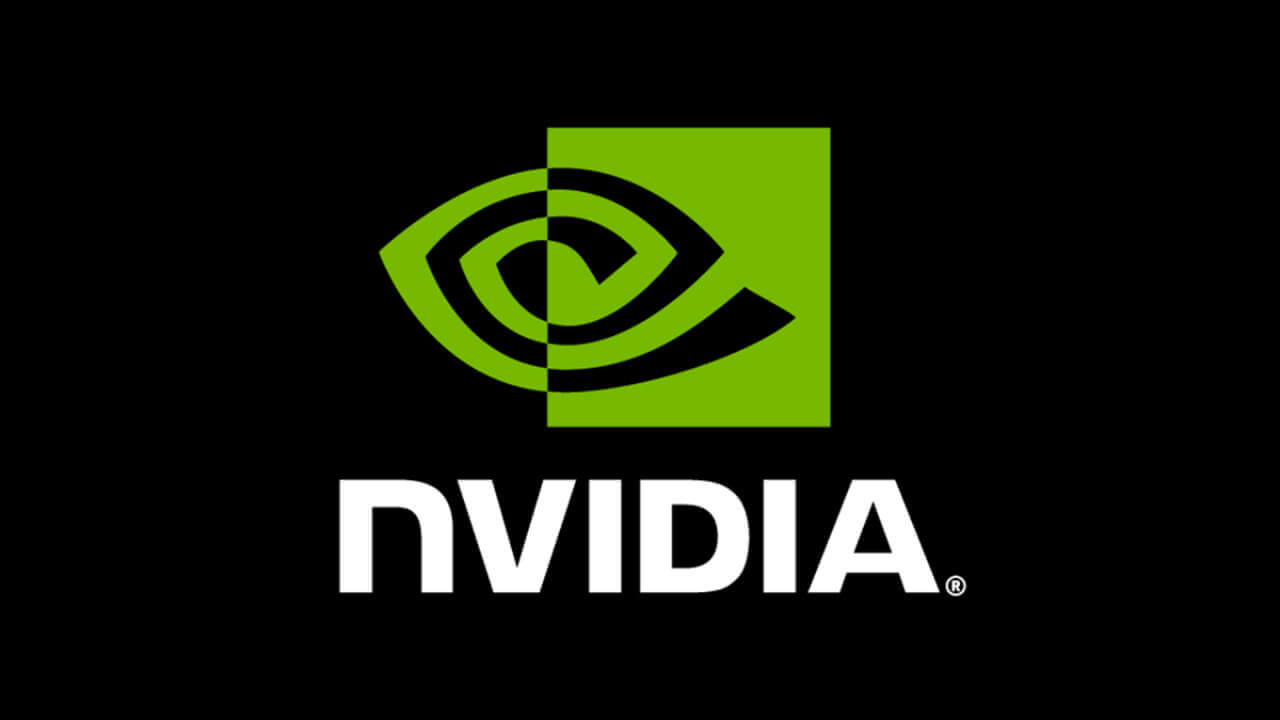Your cart is currently empty!
NVIDIA: Powering the Future Through Graphics and AI

Founded in 1993 by Jensen Huang, Chris Malachowsky, and Curtis Priem, NVIDIA has emerged as one of the most transformative companies in the modern technology landscape. Originally known for revolutionizing computer graphics, NVIDIA is now at the forefront of artificial intelligence, gaming, visualization, and data center infrastructure. With a market capitalization of approximately $1.1 trillion, NVIDIA is no longer just a hardware company—it is a critical force behind innovations shaping the future of gaming, data science, autonomous vehicles, and AI-powered computing.
The Origins of NVIDIA and GPU Innovation
NVIDIA began with a singular vision: to develop a specialized graphics chip that would redefine the personal computing experience. In 1999, it introduced the world’s first GPU—the GeForce 256—ushering in a new era of real-time 3D graphics. This innovation transformed the gaming industry and made NVIDIA a household name among gamers, developers, and PC builders. The company’s ability to continuously improve the performance and visual realism of its GPUs positioned it as a leader in the booming PC gaming market. Over the years, NVIDIA’s graphics architecture became a benchmark for performance, efficiency, and quality.
Gaming and the GeForce Legacy
Gaming remains at the heart of NVIDIA’s success. Its GeForce lineup, especially the RTX series, is celebrated for introducing real-time ray tracing and AI-powered enhancements like DLSS (Deep Learning Super Sampling). These technologies have redefined how games look and feel, delivering cinematic-quality experiences to consumers. NVIDIA’s commitment to gamers extends beyond hardware—it includes platforms like GeForce NOW, a cloud gaming service that brings AAA gaming experiences to virtually any device. By continually pushing the limits of graphical performance and accessibility, NVIDIA has solidified its role as the engine behind the modern gaming revolution.
Professional Visualization and Creative Workflows
Beyond gaming, NVIDIA’s GPUs power professional visualization tools used in industries such as film, architecture, design, and scientific research. Its Quadro line of GPUs is optimized for rendering, simulation, and real-time collaboration, enabling creators to visualize complex scenes and designs with unparalleled speed and precision. In media production, visual effects, and virtual production workflows, NVIDIA’s hardware and software tools enhance productivity and reduce turnaround times. From Hollywood to architectural studios, NVIDIA has become a critical partner in realizing creative visions through computational performance.
Data Centers and AI Acceleration
One of the most transformative chapters in NVIDIA’s journey is its expansion into data center infrastructure and AI computing. The introduction of CUDA, NVIDIA’s parallel computing platform, allowed developers to leverage GPU acceleration for deep learning, scientific simulations, and data analytics. Today, NVIDIA GPUs are foundational to the training and deployment of large-scale AI models, powering everything from voice recognition and autonomous systems to recommendation engines and cybersecurity applications. Its A100 and H100 GPU chips are the backbone of AI workloads across industries and are widely adopted by research labs, cloud providers, and enterprises.
Automotive Technology and Autonomous Driving
NVIDIA has also become a major player in the automotive industry, developing computing platforms for autonomous vehicles and in-car infotainment systems. Its DRIVE platform combines AI, deep learning, and sensor fusion to enable advanced driver-assistance systems and fully autonomous driving solutions. Car manufacturers and technology partners use NVIDIA’s hardware and software to build safer, smarter vehicles capable of navigating real-world environments. The company’s automotive efforts are part of a broader push to embed intelligence and compute power into the edge—especially in fast-moving, high-stakes scenarios like driving.
AI Research and Ecosystem Leadership
NVIDIA’s role in the global AI ecosystem goes far beyond hardware. The company invests heavily in research and development, enabling breakthroughs in natural language processing, computer vision, robotics, and edge AI. Its partnerships with academic institutions, startups, and governments have positioned it as a thought leader in responsible AI development. NVIDIA’s ecosystem includes developers, data scientists, and researchers using its platforms like TensorRT, cuDNN, and Triton Inference Server to accelerate AI applications. This wide adoption ensures that NVIDIA’s influence spans the full AI pipeline—from model development to real-world deployment.
Omniverse and the Future of Digital Collaboration
In a bold step toward the metaverse and digital twins, NVIDIA launched Omniverse—a real-time 3D simulation and collaboration platform. It allows engineers, creators, and AI agents to work together in shared virtual environments with photorealistic rendering and accurate physics simulation. Omniverse is poised to revolutionize industries like manufacturing, robotics, architecture, and gaming by enabling real-time collaboration across time zones and disciplines. It also reflects NVIDIA’s ambition to go beyond chips and become a platform company that powers virtual worlds and intelligent systems.
Market Performance and Strategic Growth
With a market cap of over $1.1 trillion, NVIDIA has become one of the most valuable technology companies globally. Its financial performance is driven by a combination of product excellence, strategic diversification, and relentless innovation. NVIDIA’s acquisition strategy, including its recent expansion into networking and AI software, signals a desire to control more of the compute stack. Its high gross margins and rapidly growing data center segment suggest that the company’s future lies not only in graphics but in becoming a full-scale computing platform provider for the AI era.
Leadership and Visionary Management
Jensen Huang, NVIDIA’s co-founder and CEO, is widely regarded as one of the most visionary leaders in the tech world. Under his leadership, the company has consistently anticipated the next big computing shift—first graphics, then AI, now virtual worlds and autonomous systems. Huang’s long-term approach, clear communication, and engineering-first mindset have allowed NVIDIA to pivot, scale, and redefine itself while maintaining strong investor confidence and developer trust. His commitment to innovation and resilience continues to be a driving force behind NVIDIA’s enduring success.
Final Thoughts on NVIDIA’s Impact
NVIDIA is more than a graphics card company—it is a foundational force behind the technologies of today and tomorrow. From gaming and visualization to data centers and AI, its products and platforms power experiences that billions rely on. As the world enters a new era of generative AI, autonomous machines, and virtual collaboration, NVIDIA’s role is only set to grow. The company has consistently shown an ability to innovate at the edge of possibility, making it a vital architect of the digital future.
For expert financial astrology insights on leading companies like Apple, Google, Microsoft, and Berkshire Hathaway, and to understand how planetary cycles align with their market trajectories.

Mr. Rajeev Prakash
Rajeev is a well-known astrologer based in central India who has a deep understanding of both personal and mundane astrology. His team has been closely monitoring the movements of various global financial markets, including equities, precious metals, currency pairs, yields, and treasury bonds.
Featured Post
Financial Astrology Terminal
The Financial Astrology Terminal is a web platform that combines real-time U.S. market data (S&P 500, Nasdaq, Dow, Russell, key stocks and commodities like gold and silver) with planetary cycles, giving traders and investors astro-timing signals on top of normal charts and analysis.
